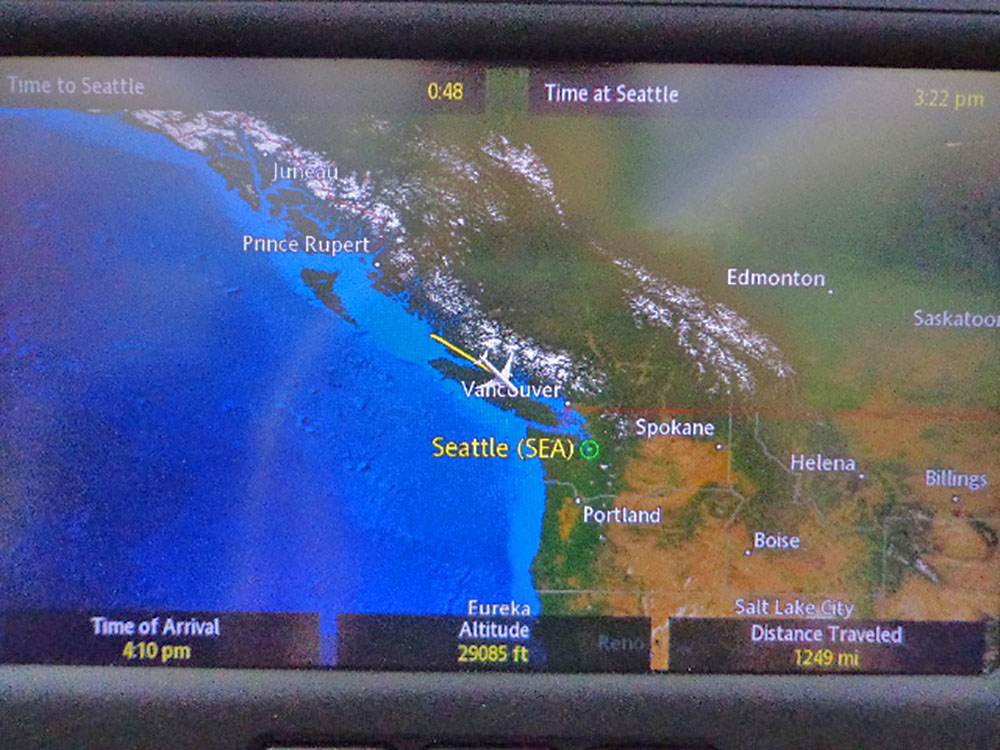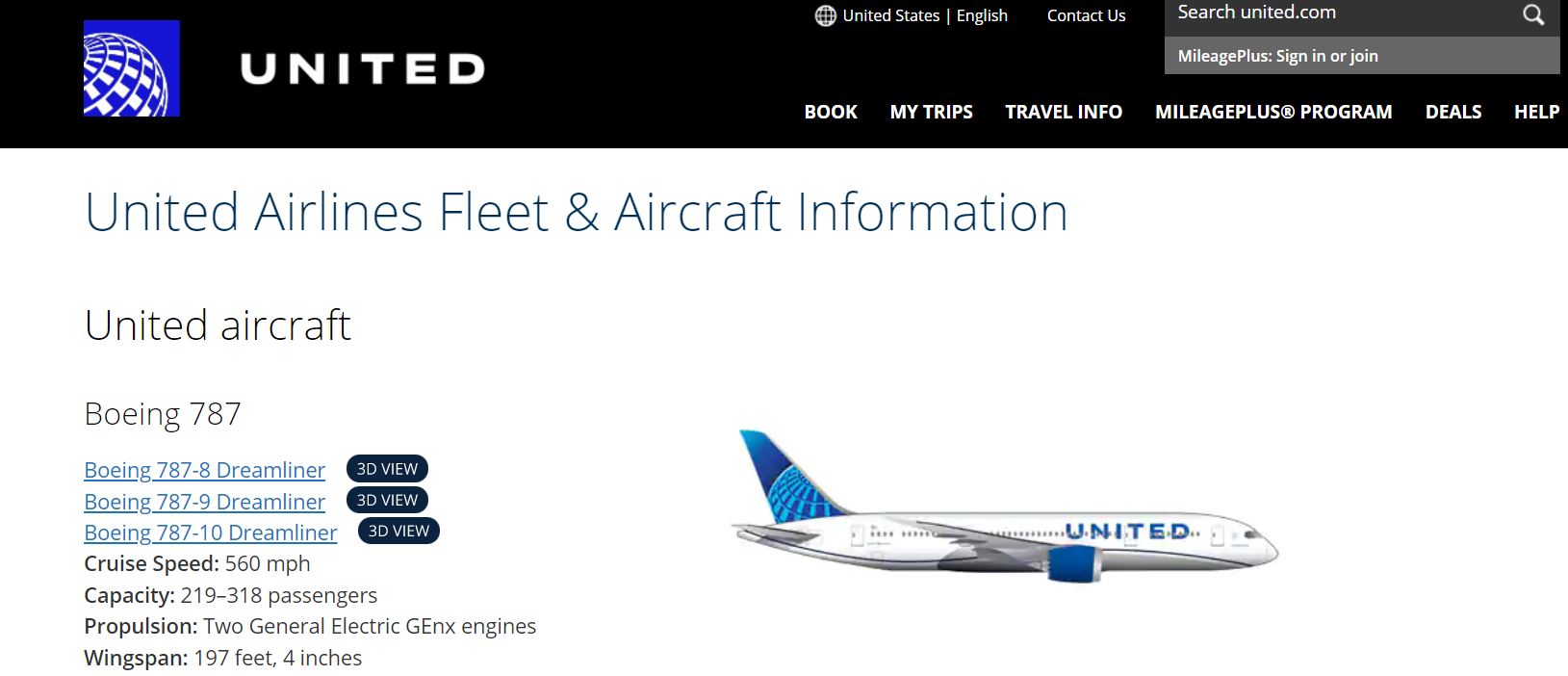My history with United Airlines and Boeing’s 787 Dreamliner started off with a thud, which considering the circumstances, was the better end of that thud-bang spectrum.
A few days after its inaugural Denver DEN to Tokyo NRT flight, I happened to be on that route (one of my aviation goals has been to connect Tokyo with any U.S. airport to which it has a non-stop commercial flight; my current status).
After about four hours into the flight, I noticed on the in-flight map that the plane had made a U-turn just north of Vancouver Island:

Long story short, there was apparently an issue with the oil-filter. Fortunately, we were heading to one of the best spots in the world for an issue with a Boeing aircraft, aka Seattle.
Naturally, that event didn’t stop me from boarding subsequent Boeing 787 Dreamliners, nor should it have. The 787 Dreamliner is one of those more fuel-efficient, twin-engine jets that has helped make possible long thin routes, that is, long-distance routes for which there may not be enough passengers to fill a larger, fuel-gobbling aircraft. Denver to Tokyo is one example, next year’s London to Cincinnati is another.
And last week, according to NPR United Airlines placed the largest order in U.S. aviation history for a wide-body jet, 100 Boeing 787 Dreamliners!

Depending on the aircraft type — of the 787-8, 787-9, and 787-10 (the newest and heaviest, but also the one with the shortest range) — one aircraft can seat between 219 and 318 passengers. Purportedly, the total cost of the 100 jets was around $25 billion; I doff my cap to fellow U.S. taxpayers for this one.
Currently, United Airlines has 60+ 787s in its fleet, and will begin taking delivery of these new birds in 2024, up through 2032. The goal is to eventually replace all of the airlines’ older, much less fuel-efficient Boeing 777s.
Are you a fan of the Boeing 787 Dreamliner? How about those dimmable windows?

Leave a Reply